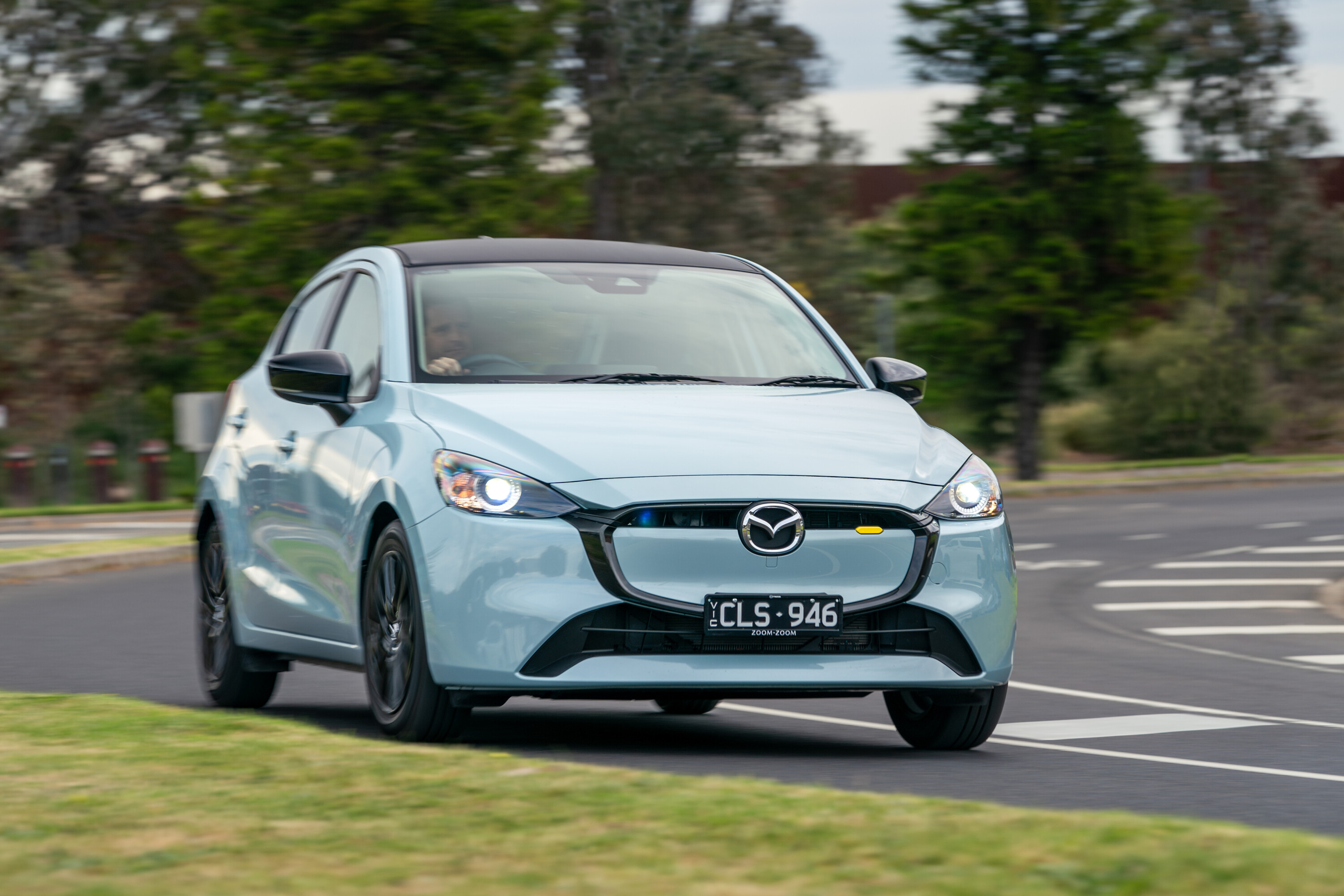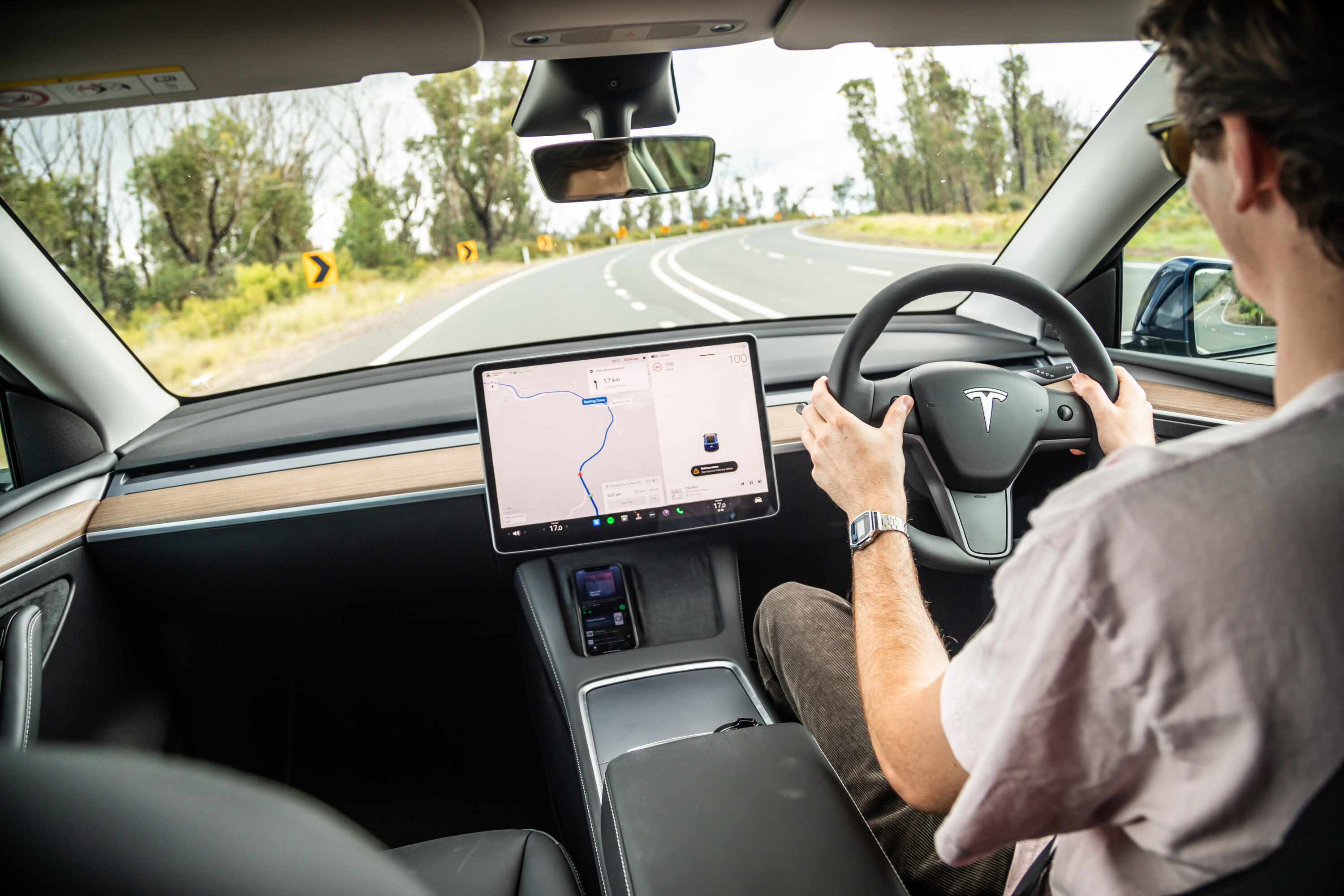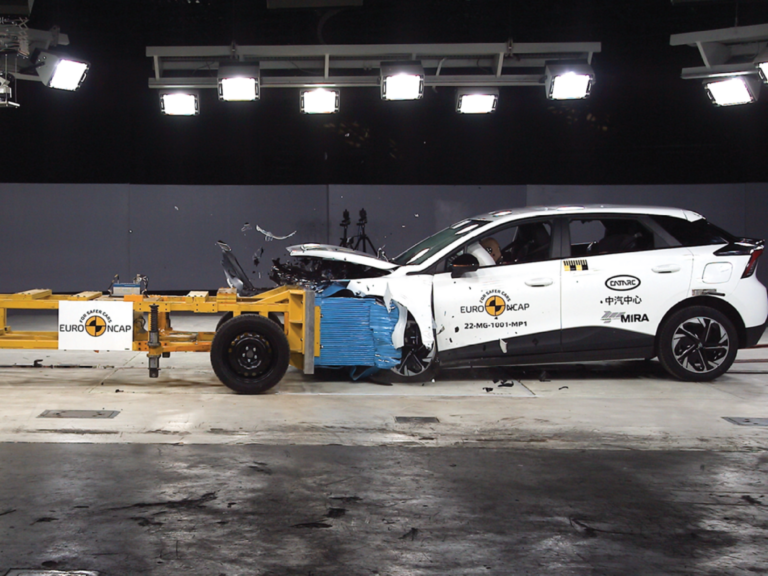
Snapshot
- Australian survey reveals preference for 360-degree cameras, blind-spot alert, phone mirroring
- Most carmakers now include more standard features at a cost
- Hesitancy for full-self driving capabilities
A study has found Australians prefer more technology and active safety assistance systems in new vehicles.
The survey, conducted by online finance and comparison company Savvy [↗], found about half of the representative sample of 1000 Australian adults prioritised a 360-degree camera system (52%) and blind-spot monitoring (50%) in their next car purchase.
This was followed by a preference towards touchscreens (35%) with Apple CarPlay and Android Auto smartphone projection (34%), autonomous emergency braking (32%), and proximity key or a connected smartphone application (31%).
However, the survey didn’t note to respondents how the higher cost of these technologies has impacted new car prices.

Safety vs price?
The study affirms most carmakers’ move to include more advanced safety assist tech as standard to meet buyer preferences at the expense of a higher price, from the Mazda 2 city car to Ford Ranger ute.
Meanwhile, MG and Mitsubishi Australia have criticised the Australasian New Car Assessment Program (ANCAP) for having strict safety standards.
For example, the entry price of the Toyota Yaris light hatchback increased by $6740 in 2020 after it launched a new generation model. It is currently priced from $24,800 before on-road costs, or almost $30,000 drive-away.
It gained significantly more standard safety tech, such as autonomous emergency braking with vehicle, pedestrian, cyclist and intersection detection, lane-keep assist, and adaptive cruise control.
These features, along with a new platform, larger size and front-centre airbag, helped the Yaris achieve the full five-star safety rating under the 2020 criteria from ANCAP.
Meanwhile, the MG 3 light hatch – which dates back to 2011 – remains unrated by ANCAP, but is a top-seller thanks in part to its budget-friendly $19,990 drive-away price tag today.
It’s worth noting economic factors, such as inflation, rising manufacturing and shipping costs, and the average full-time weekly wage in Australia has dramatically risen in the past few decades.

What car features weren’t preferred?
Savvy’s survey indicated lane-keep assist (18%), a hands-free electric tailgate (11%), and electrically-operated door handles (7%) weren’t favoured.
Additionally, despite the preference for some Level 2 safety assist systems, nearly half of respondents were concerned about full autonomous driving capabilities (47%).
| Vehicle feature | Preference (out of 1000 participants) |
|---|---|
| 360-degree surround view cameras (and other parking/reversing features) | 52% |
| Blind-spot monitoring (and other driving safety features) | 50% |
| Touchscreen | 35% |
| Apple CarPlay/Android Auto | 34% |
| Auto emergency braking | 32% |
| Proximity key/connected mobile app | 31% |
| Adaptive cruise control | 28% |
| Lane assist | 18% |
| Hands-free electric tailgate | 11% |
| Electrically-operated door handles | 7% |
| Other | 3% |
| Data courtesy Savvy 2023 Autonomous and Advanced Driver Assist Systems Survey | |
We recommend
-
 News
NewsMG Australia boss claims five-star ANCAP requirements are "so high it’s ridiculous"
MG Australia has defended the lack of a full safety suite in most-affordable vehicles
-
 Opinion
OpinionAre we headed for a car supply bullwhip?
As factories catch up and order banks finally abate, car importers might find themselves awash with new stock in 2024 as the supply pendulum swings back the other way
-
 Advice
AdviceCar affordability in Australia: The state of the market in 2023
New and used cars have never been more expensive or hard to obtain. So why are Australian car prices skyrocketing, and when will it end?




